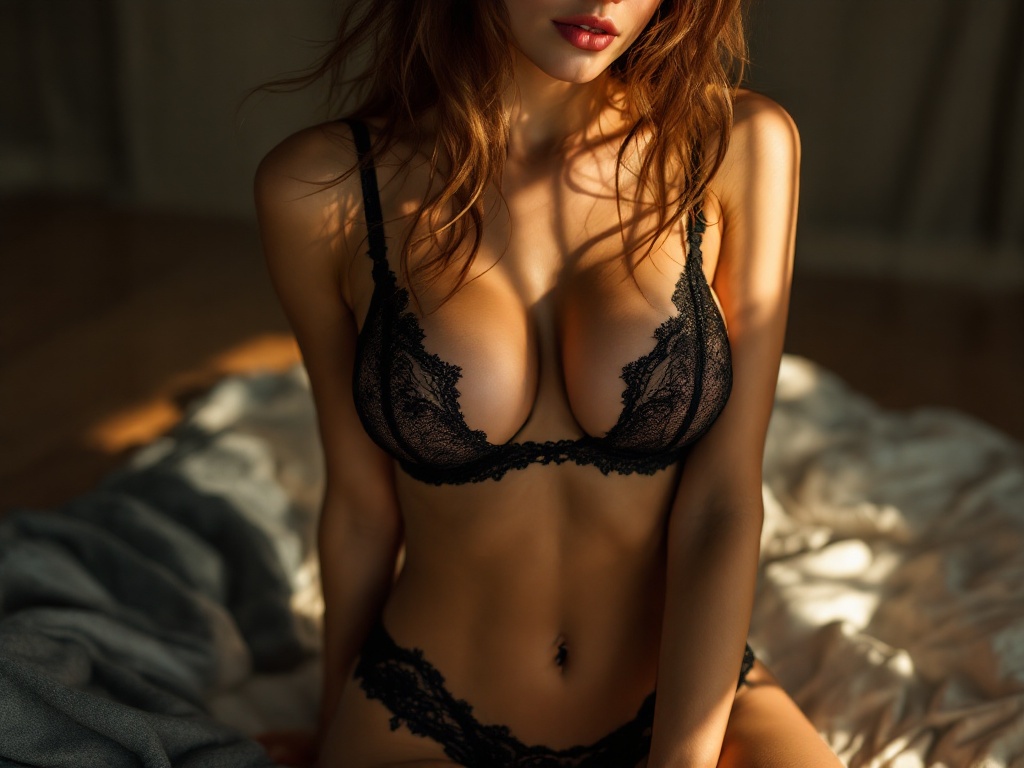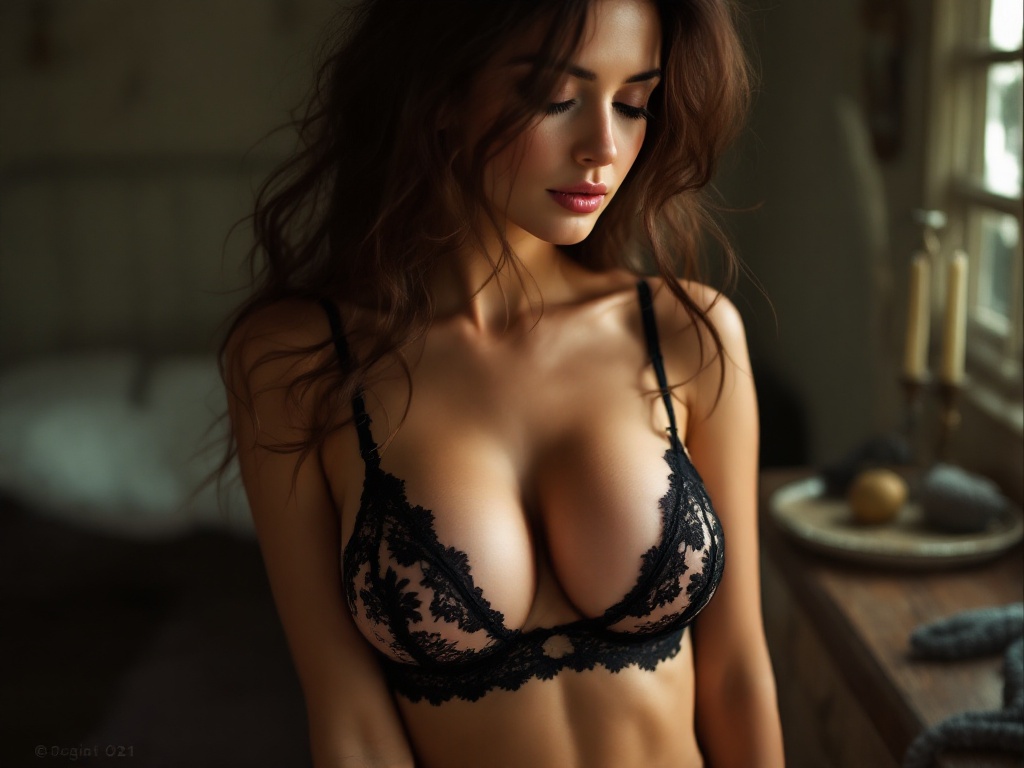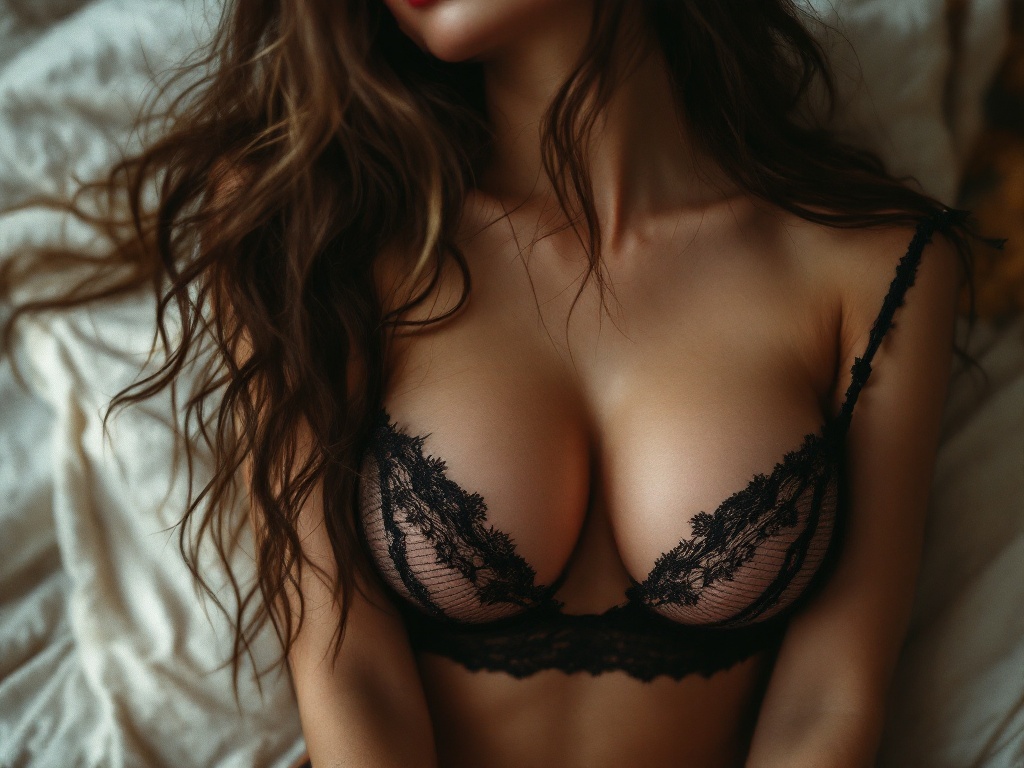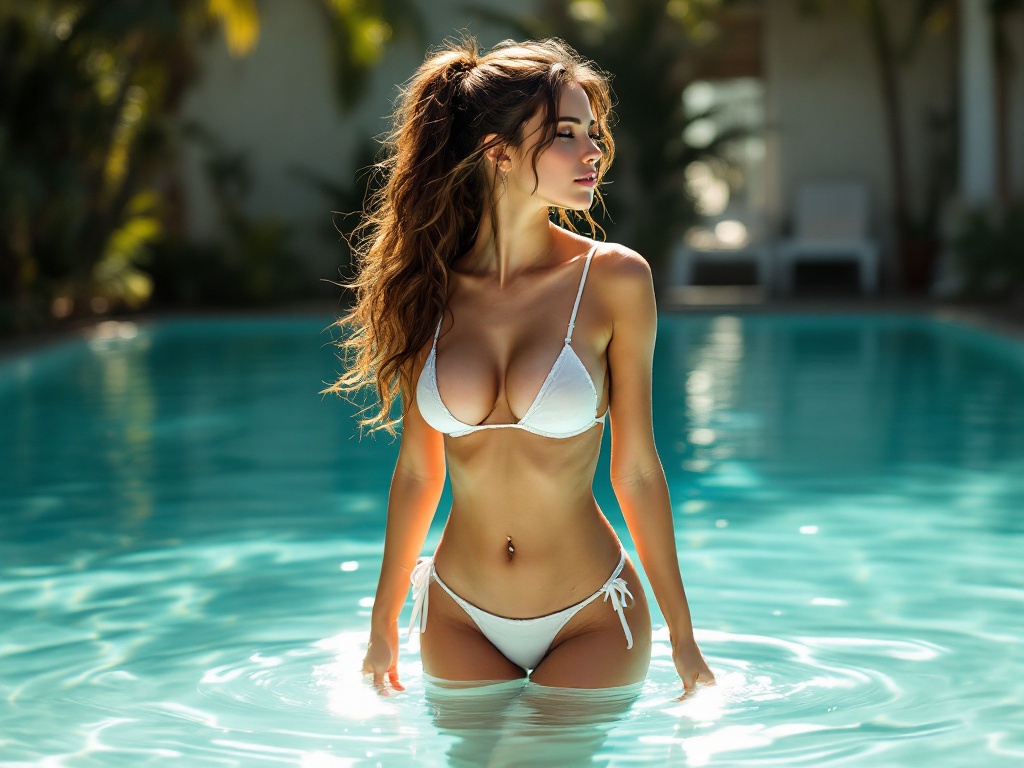The fusion of artificial intelligence and art not only challenges artistic norms but also fosters a new era of creativity, particularly in specialized fields like erotic art. In recent years, the landscape of erotic expression has begun to transform, leveraging technological advancements to push boundaries of creativity and emotion. Artists are using AI not merely as a tool, but as a collaborator that can enhance their vision in remarkable ways. This article explores the myriad ways AI is revolutionizing the creation and design process of erotic art. From enhancing the artist’s workflow to raising ethical questions surrounding content generation, the scope of AI’s impact is profound and expansive. Let’s embark on a journey to uncover how this innovative marriage of technology and human emotion is reshaping the world of erotic art.
Understanding AI in Art Creation

Artificial intelligence enables a deeper understanding of creativity by analyzing vast datasets to extract patterns. This facet is particularly important in erotic art, where themes of intimacy and sexuality can be explored and transformed through technological lenses. Through machine learning and neural networks, AI can generate stunning images that often reflect complex human emotions. Moreover, the implications of incorporating AI into art creation echo far beyond aesthetics. Artists and audiences alike find themselves grappling with questions of authenticity and the nature of human experience. AI, while immensely powerful, also prompts us to re-evaluate our understanding of artistic value and originality.
The Evolution of Erotic Art
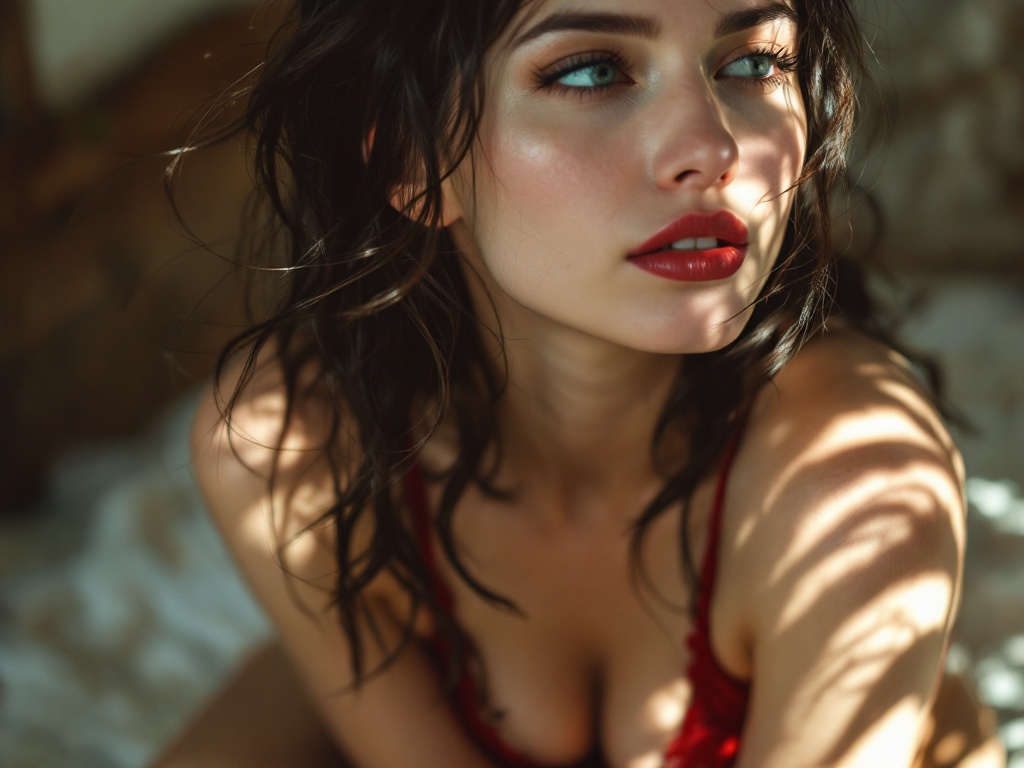
Throughout history, erotic art has served as both a reflection of cultural morals and a catalyst for societal change. From ancient civilizations embracing sexuality openly in their art to contemporary depictions that challenge norms, the evolution is significant. The diverse expressions of eroticism can be traced through various cultures and time periods, providing context for today’s discussions around AI’s role in art. As socio-political landscapes shift, so too does the representation of erotic themes, transforming them into symbols of liberation and self-expression in modern times. This historical context establishes an intriguing backdrop for understanding how AI can further influence the genre’s evolution. The melding of traditional artistry with cutting-edge technology is beckoning a new dialogue on what erotic art can be in the future.
Historical Perspectives
The landscape of erotic art is littered with significant movements and pivotal artists. Some noteworthy periods include:
- Ancient Greece and Rome: Featuring sculptures and pottery rich in sensuality.
- The Renaissance: Artists like Botticelli and Michelangelo ventured into themes of love and eroticism.
- The 20th Century: The advent of modernism brought with it a renewed exploration of sexual identity and freedom.
Each of these movements reflects changing societal views on intimacy, offering a lens through which to examine the current contributions of AI in erotic artistic expressions. Understanding these contexts allows us to appreciate AI’s role in pushing boundaries while respecting the cultural significance that has guided erotic art through the ages.
Contemporary Trends
Today, the digital landscape has opened doors for diverse interpretations of erotic themes. As artists harness the power of technology, they showcase their narratives in unprecedented ways. One phenomenon is the emergence of digital erotic art, where creators utilize software to craft hyper-realistic images that convey physical sensations and emotional depth. Below is a comparison of traditional versus digital erotic art:
| Traditional Erotic Art | Digital Erotic Art |
|---|---|
| Often handmade with physical mediums such as paint and clay | Created using software, AI tools, and virtual reality |
| Limited in distribution, often confined to physical galleries | Accessible globally through online platforms |
| Represents singular artistic visions | Can blend multiple artists’ interpretations through AI collaboration |
How AI Enhances the Creative Process
The role of AI in the creative arts is a fascinating topic as it challenges traditional notions of authorship and inspiration. By leveraging machine learning and generative algorithms, artists can discover new methods of expression. For instance, AI can suggest variations on a theme, helping artists explore ideas that they may not have considered previously. This collaborative process fundamentally alters how art is conceived. It also allows for a broader interpretation of what constitutes creativity in this genre. The unique factor of AI-generated art is that it is never the same twice, continuously evolving as algorithms learn from their inputs.
Generative art is a powerful medium that uses algorithms to produce artwork based on initial parameters set by the artist. Here are some key benefits of generative art in the erotic genre:
- Endless variations: Artists can explore countless styles and interpretations.
- Faster production: AI can speed up the prototyping phase of artwork.
- Innovative designs: AI can create pieces that might not be feasible by hand.
The intersection of human creativity and AI’s computational prowess offers endless possibilities for exploration in erotic art. Not only does this innovation hold the potential to redefine aesthetic standards, it also creates rich dialogues that challenge our perceptions of sexuality and beauty.
Ethical Considerations in AI-Generated Erotic Art
As innovative as AI is, ethical considerations remain critical to discussions surrounding AI-generated erotic art. Key issues include concerns over consent, representation, and the potential misuse of generated content. Artists must navigate these challenges carefully to maintain respect for the very subjects they depict. For example, the portrayal of individuals in erotic art raises questions about agency and objectivity. Additionally, when art is created through algorithms trained on existing works, issues of copyright and ownership come into play. Understanding these ethical dilemmas is vital for artists as they incorporate AI into their practices.
The emergence of AI-generated art invites scrutiny of copyright laws that may not adequately address the complexities of this new form of creativity. Some pressing questions include:
- Who owns the rights to an artwork created by AI?
- Should artists be compensated if their work is used to train AI systems?
- How can artists protect their original creations from being replicated without consent?
As these questions rise to the forefront, the conversation around the legal landscape of art continues to evolve. Finding solutions to these challenges will pave the way for a more ethical integration of AI in the world of erotic art.
The Future of AI in Erotic Art
The future of AI in the realm of erotic art holds immense possibilities. As technology progresses, so too will the capabilities of AI, allowing for even more intricate and expressive forms of art. With advancements in virtual reality and interactive installations, artists will have the means to immerse their audiences in experiences that extend beyond traditional formats. The dynamic collaboration between human intuition and AI’s computational prowess promises to broaden artistic expression in ways we have yet to imagine. Ultimately, AI is not just a tool; it evokes a shared journey of exploration that reflects our collective desires and emotions. As we venture further into this blurred frontier, the dialogue surrounding erotic art will undoubtedly evolve, inviting new interpretations and deeper conversations.
Conclusion
In summarizing the profound impact AI is having on erotic art, it’s crucial to recognize the blend of opportunity and responsibility that comes with this marriage of technology and creativity. As artists continue to explore unauthorized territories of expression, they must also engage thoughtfully with the ethical implications that await. The journey of AI in erotic art is just beginning; by embracing its potential, artists can not only augment their visions but also challenge our perceptions of sexuality, beauty, and intimacy. This progression suggests an exciting horizon filled with innovation and deeper human connection within the arts.
Frequently Asked Questions
- What is erotic art? Erotic art is any visual or written work that explores themes of sexuality and intimacy, often intended to provoke thought or stimulate desire.
- How does AI create erotic art? AI creates erotic art by analyzing existing artworks, understanding patterns, and generating new pieces through algorithms that reflect themes of eroticism.
- Can AI replicate human creativity? While AI can mimic certain aspects of creativity, it lacks the emotional depth, personal experiences, and nuances that human artists bring to their work.
- Are there ethical concerns with AI in erotic art? Yes, ethical concerns include issues of consent, representation, as well as potential copyright challenges regarding ownership of AI-generated art.
- What role does the artist play in AI-generated art? The artist serves as a collaborator, guiding the AI with their unique vision while utilizing the technology to enhance their creative process.
